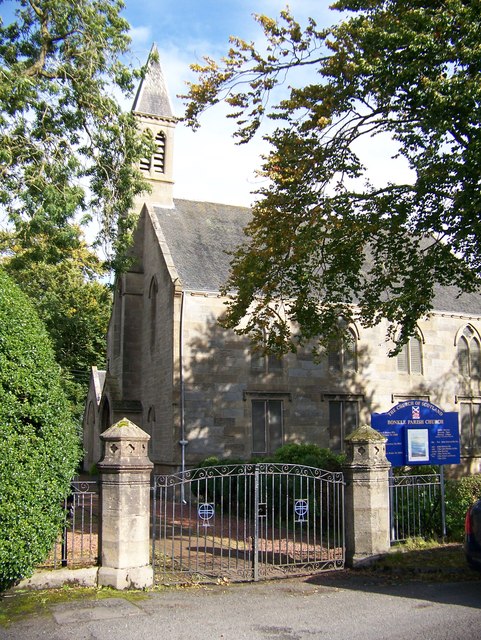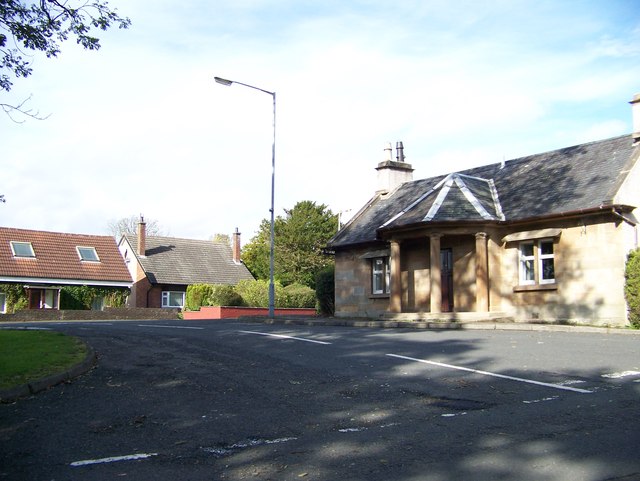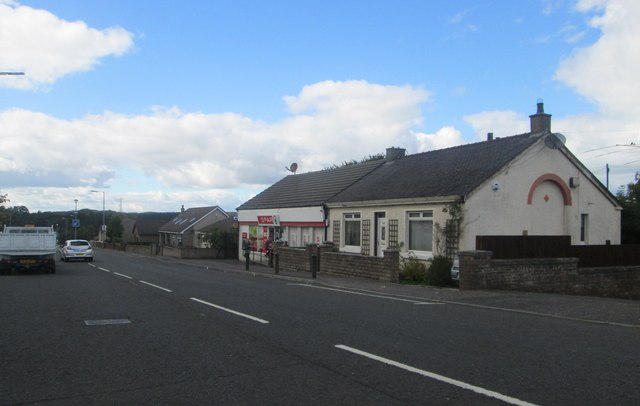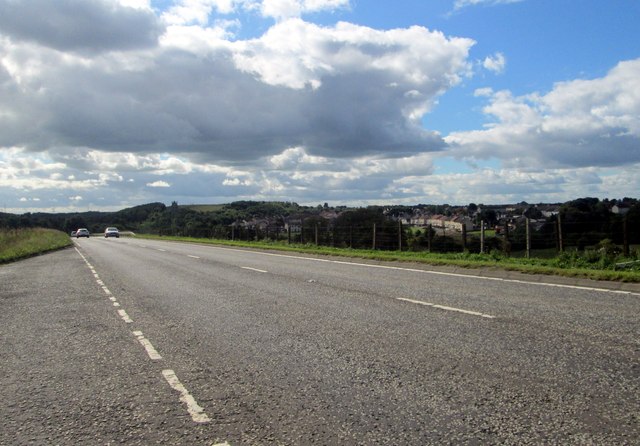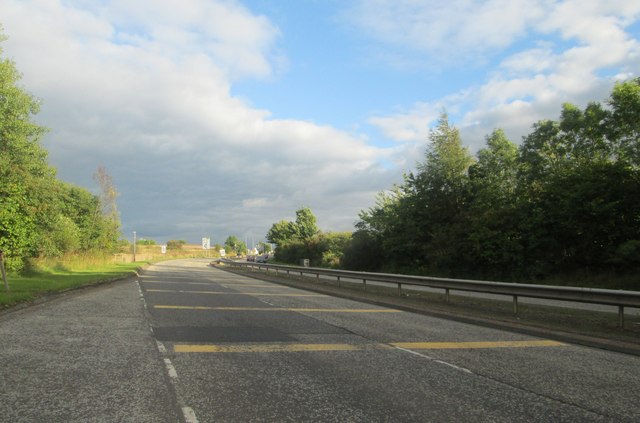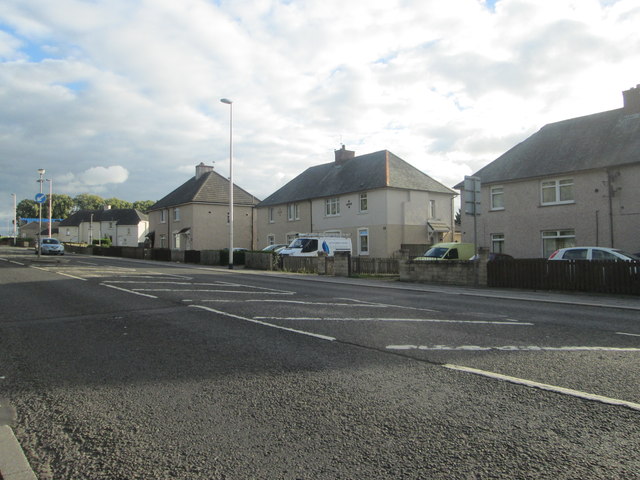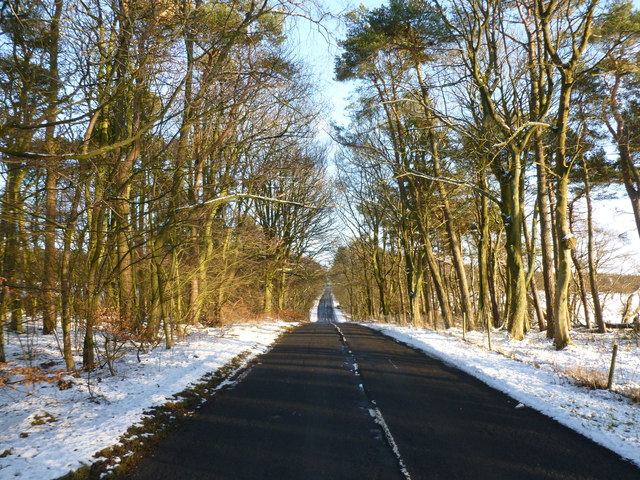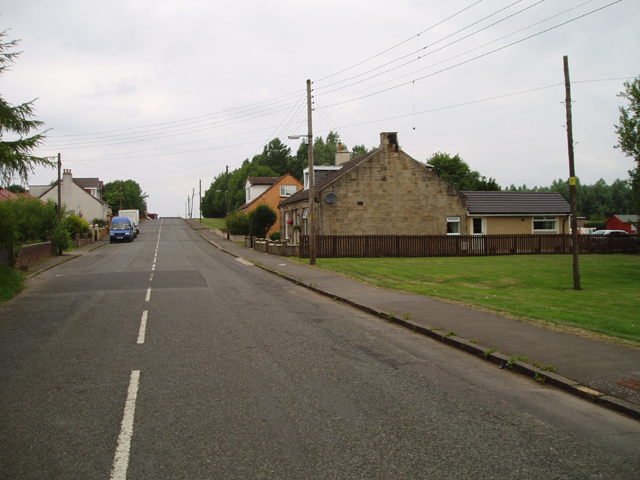Bonkle
Settlement in Lanarkshire
Scotland
Bonkle
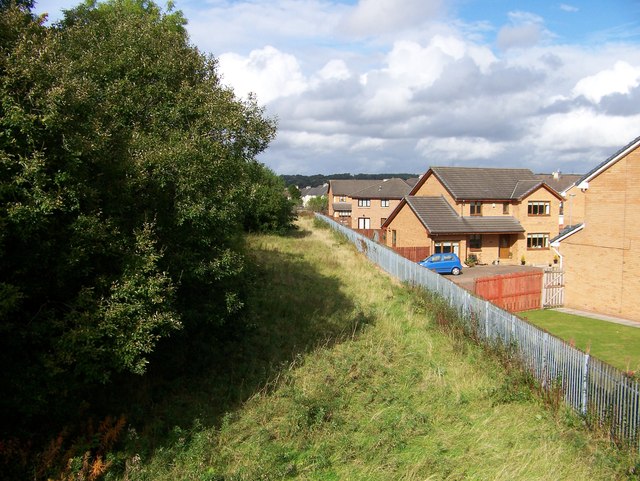
Bonkle is a small rural village located in the county of Lanarkshire, Scotland. Situated approximately 20 miles southeast of Glasgow, it falls within the council area of North Lanarkshire. With a population of around 1,000 residents, Bonkle occupies a picturesque setting surrounded by rolling countryside.
The village is known for its rich history, dating back to ancient times. Evidence of human settlement in the area can be traced to prehistoric times, with several archaeological sites discovered nearby. Bonkle also played a significant role during the industrial revolution, primarily due to its proximity to coal mines and its agricultural resources.
Today, Bonkle remains a close-knit community with a strong sense of local pride. The village is characterized by its charming traditional cottages and well-maintained gardens. The local primary school, Bonkle Primary, serves as an essential hub for education and community activities.
While Bonkle is predominantly residential, there are a few amenities available to its residents. These include a post office, a small convenience store, and a local pub. For more extensive shopping and entertainment options, residents can easily access nearby towns and cities such as Wishaw and Motherwell.
The surrounding countryside offers a range of outdoor activities for nature enthusiasts, including walking and cycling trails. Additionally, there are several golf courses within a short driving distance from Bonkle.
Overall, Bonkle offers a peaceful and idyllic setting for those seeking a tranquil village lifestyle within easy reach of larger urban centers.
If you have any feedback on the listing, please let us know in the comments section below.
Bonkle Images
Images are sourced within 2km of 55.791936/-3.857602 or Grid Reference NS8356. Thanks to Geograph Open Source API. All images are credited.


Bonkle is located at Grid Ref: NS8356 (Lat: 55.791936, Lng: -3.857602)
Unitary Authority: North Lanarkshire
Police Authority: Lanarkshire
What 3 Words
///icicles.survivor.positions. Near Newmains, North Lanarkshire
Nearby Locations
Related Wikis
Bonkle
Bonkle is a village 3 miles (4.8 km) north-east of Wishaw in North Lanarkshire, Scotland. It is sited on the east bank of the South Calder Water. Murdostoun...
Newmains railway station
Newmains railway station served the village of Newmains, North Lanarkshire, Scotland from 1867 to 1930 on the Cleland to Morningside Line. == History... ==
Morningside, North Lanarkshire
Morningside is a small village in North Lanarkshire, Scotland. It is located around 3⁄4 mile (1.2 km) south of Newmains, and 2+1⁄4 miles (3.6 km) east...
Newmains
Newmains is a village and former mining community on the eastern edge of Wishaw, North Lanarkshire, Scotland, 18 miles (29 km) south-east of Glasgow. Although...
Nearby Amenities
Located within 500m of 55.791936,-3.857602Have you been to Bonkle?
Leave your review of Bonkle below (or comments, questions and feedback).
